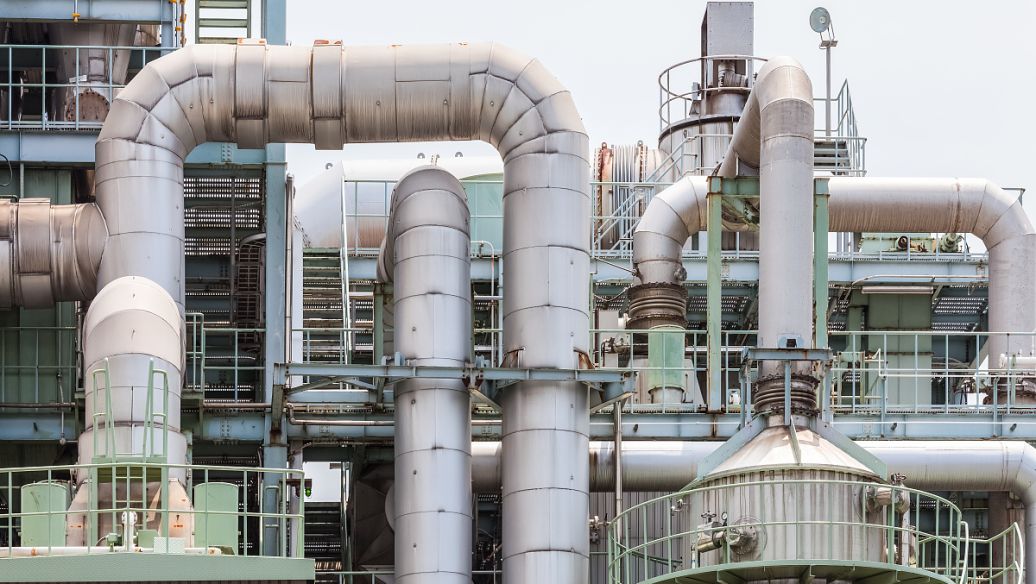SNCR denitration system
SNCR denitration system
Selective non-catalytic reduction technology (SNCR)
The selective non-catalytic reduction method is a method of reducing NOx in the temperature range of 850 to 1100°C without using a catalyst. Commonly used drugs are ammonia and urea. Generally speaking, SNCR denitration efficiency can reach 25%-40% for large coal-fired units and 80% for small units. Because this method is greatly affected by the size of the boiler structure, it is mostly used as a supplementary treatment method for low-nitrogen combustion technology. Its low project cost, simple layout and small floor space are suitable for the transformation of the old plant, and the new plant can be used in conjunction with the boiler design.
Selective Catalytic Reduction Technology (SCR)
SCR is currently the most mature flue gas denitrification technology. It is a denitrification method after the furnace. It was commercialized by Japan in the late 1960s and 1970s. It uses a reducing agent (NH3, urea) under the action of a metal catalyst. It reacts with Nox to form N2 and H2O instead of being oxidized by O2, so it is called "selectivity". The world's popular SCR processes are mainly divided into two types: ammonia SCR and urea SCR. These two methods both use ammonia's reducing function of Nox, and under the action of a catalyst, Nox (mainly NO) is reduced to N2 and water, which have little effect on the atmosphere, and the reducing agent is NH3.
Most of the catalysts used in SCR use TiO2 as the carrier, with V2O5 or V2 O5-WO3 or V2O5-MoO3 as the active ingredients, made into three types: honeycomb, plate or corrugated. SCR catalysts used in flue gas denitration can be divided into high temperature catalysts (345℃~590℃), medium temperature catalysts (260℃~380℃) and low temperature catalysts (80℃~300℃). Different catalysts have different suitable reaction temperatures. . If the reaction temperature is low, the activity of the catalyst will decrease, resulting in a decrease in denitration efficiency, and if the catalyst continues to run at low temperatures, the catalyst will be permanently damaged; if the reaction temperature is too high, NH3 is easily oxidized, and NOx production will increase. It will cause the phase change of the catalyst material and degrade the activity of the catalyst. Most SCR systems at home and abroad use high temperature, and the reaction temperature range is 315℃~400℃.
Advantages: This method has high denitration efficiency and relatively low price. It is widely used in domestic and foreign projects and has become the mainstream technology for power plant flue gas denitration.
Disadvantages: The fuel contains sulfur, and a certain amount of SO3 can be generated during the combustion process. After the catalyst is added, under aerobic conditions, the amount of SO3 generated greatly increases, and the excess NH3 generates NH4HSO4. NH4HSO4 is corrosive and viscous, which can cause damage to the tail flue equipment. Although the amount of SO3 generated is limited, its impact cannot be underestimated. In addition, catalyst poisoning cannot be ignored.


